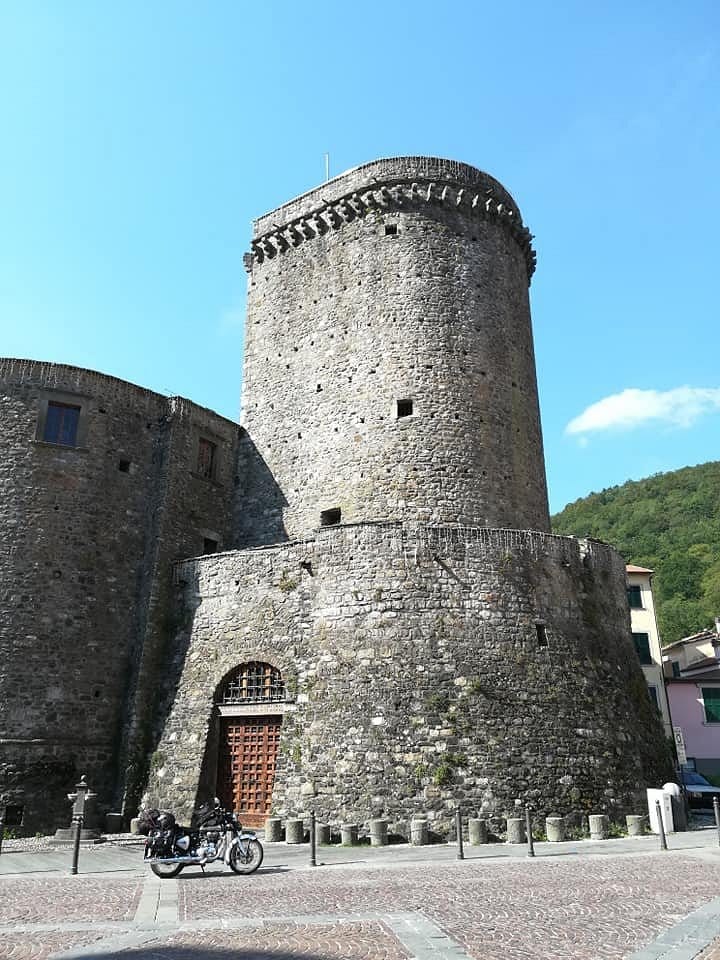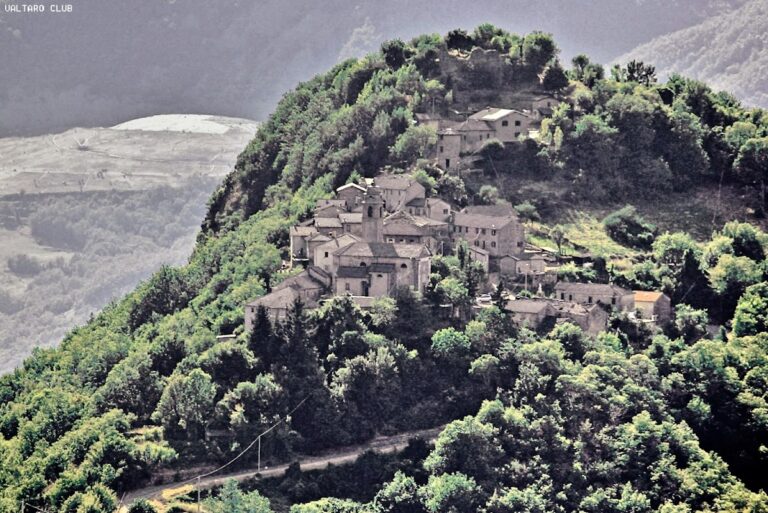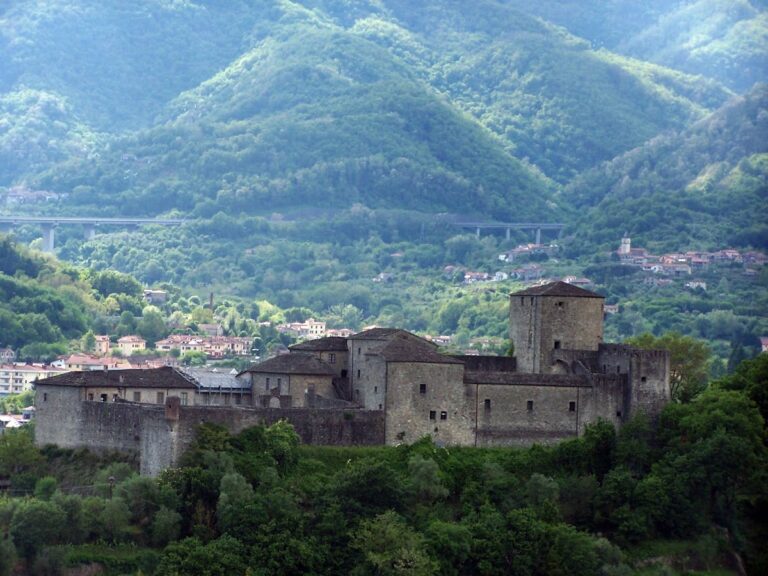Castle of Compiano: A Historic Lombard Fortress in Italy
Visitor Information
Google Rating: 4.5
Popularity: Medium
Google Maps: View on Google Maps
Official Website: www.castellodicompiano.com
Country: Italy
Civilization: Unclassified
Remains: Military
History
The Castle of Compiano is located in the municipality of Compiano in Italy and was originally constructed by the Lombards during the early Middle Ages. Positioned strategically, it controlled a vital route connecting the regions of Emilia and Liguria.
In its earliest known phase, likely dating back to the 9th century, the castle served as a fortified stronghold for the Lombards. Ownership initially rested with the Malaspina family until 1141, when the castle was transferred to the Commune of Piacenza. Following this period, between 1200 and 1257, authority passed to the Landi family. The Landi held the castle and surrounding lands for around 425 years, establishing what became known as the Landi State, an independent small principality that maintained a degree of autonomy during the medieval and early modern eras.
The 16th and 17th centuries marked a time of prosperity for the Landi State. During this period, the community undertook significant developments, including the minting of its own currency, the foundation of schools supported by the state, and the creation of a pawn system to aid local inhabitants. In 1682, the castle and its territories were granted to the Farnese family, a prominent noble house, which later ceded control to the Borbone family in the 18th century.
In the early 19th century, under the rule of Maria Luigia of Austria, Duchess of Parma, the castle’s function changed notably when it was used as a state prison. This included the incarceration of Carbonari prisoners in 1821, members of a secret society involved in political movements seeking Italian unification. Prior to the outbreak of the Second World War, the castle was repurposed as a girls’ orphanage, reflecting its ongoing role in community welfare. After the war, ownership passed to Marchioness Lina Raimondi Gambarotta, who later donated the castle to the municipality of Compiano upon her death in 1987.
Since July 2002, the castle has housed the International Masonic Museum Orizzonti Massonici. This institution is unique in Italy for its exclusive focus on Freemasonry. It preserves and displays a varied collection of relics relating to both British and Italian Freemasonry from the 18th and 19th centuries, including a special exhibition area known as “room 33,” dedicated to Italian Masonic artifacts.
Remains
The Castle of Compiano features an irregular quadrilateral layout organized around an internal courtyard, reflecting its adaptation to the rocky spur on which it stands. The structure is defined by three towers positioned at its corners, each with a distinct shape: one semicircular, one square, and one circular, highlighting diverse defensive architecture employed over the centuries.
Entry to the castle is controlled through a single access point, approached by a masonry bridge. This bridge is preceded by a distinctive semicircular ravelin, a type of low outer defensive work designed to protect the main gate and provide a vantage point against attackers. The castle’s positioning on a rocky promontory allows it to project prominently above the Taro River, with the surrounding walls effectively enclosing the complex and accentuating its defensive capabilities.
Inside, the castle contains richly decorated salons furnished with ornate antique pieces, preserving the atmosphere of its historical grandeur. Certain rooms have been adapted to exhibit artifacts related to Freemasonry as part of the International Masonic Museum housed within. Among these, “room 33” holds particular significance due to its collection of Italian Masonic relics dating from the 18th and 19th centuries.
The nearby village of Compiano complements the castle’s fortifications. The settlement is triangular in shape and fully enclosed by walls featuring turrets and bastions of various designs. These defensive structures are well preserved, and the village’s narrow streets remain intact. Both the castle and the local church occupy the highest points of the village, underscoring their historical importance within the settlement’s layout.










